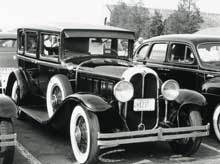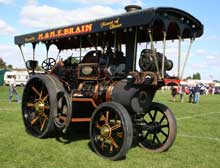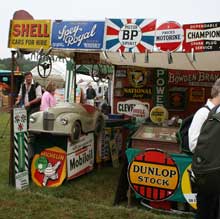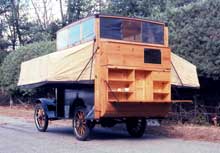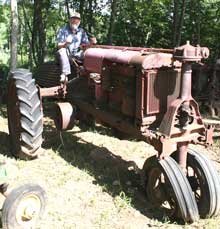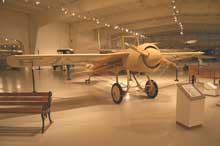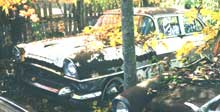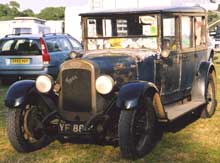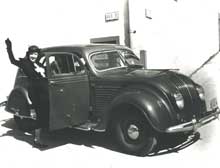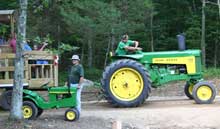Today we instinctively think “green” at the words “car with a conscience,” something like a Toyota Prius hybrid or one of GM’s much-ballyhooed Flex Fuel vehicles. In 1911, the car with a conscience was the Oakland, a thoroughly conventional four-cylinder gasoline car, part of Billy Durant’s new General Motors empire. Oakland explained to its employees that each car should have a “good, clean ‘Mechanical Conscience’,” and that they should bring it about by doing their very best at all times.
Oakland introduced a six in 1913, along with a vee-shaped German Silver radiator. In 1914, it offered five models, the Six-Sixty and Six-Forty-Eight, along with three four cylinder cars, Models Forty-Three, Thirty-Six and Thirty-Five. Interestingly, the sixes had left-hand drive while the fours were right-hand driven. By 1916, sales had risen to some 30,000, at prices from $795 to $1,585, between Buick and the new Chevrolet.
In 1918, to concentrate on quality, a single-model policy was adopted, with six-cylinder cars built on a 112-inch wheelbase. Significant changes were made in 1924: a new L-head six, automatic spark advance and DuPont’s new Duco nitrocellulose lacquer in a shade called “True Blue.” The biggest news concerned four-wheel brakes, which the company demonstrated by having a new, four-wheel-brake car supply all the stopping for itself plus a 1923 two-wheel-brake car in hilly San Francisco.
Body styles included a touring car, roadster, coupe and sedan, priced from $1,095 to $1,645. Sales rose to nearly 57,000 by 1926 and stayed above 40,000 through 1927 and 1928, the year of the All American Six.” In 1929, however, Oakland sales sank by nearly half. The problem was Pontiac, Oakland’s lower-priced “companion car,” launched in 1926. Pontiac, a six, had sold like gangbusters from the outset and moved nearly 200,000 cars in 1929. Management tried to give Oakland its own niche, with exclusive V8 power in 1930 and ’31, at a reduced price, just above Pontiac’s. It didn’t help; sales continued to slide.
In 1930, Pontiac, while suffering in the deepening depression, still cranked out three times as many cars as Oakland. For 1931, Pontiac differed from Oakland only in wheelbase and engine. In 1932, the remaining V8s were badged as Pontiacs and Oakland became a memory. By 1934, Pontiac had a new straight eight that set the pattern for the next two decades, along with sixes that returned the following year. By 1937, sales had risen above 200,000 and Oakland, the Car with a Conscience, had all but disappeared from everyone’s consciousness. Pontiac had become not only the most successful “companion make” but also the only one to kill off its parent.

